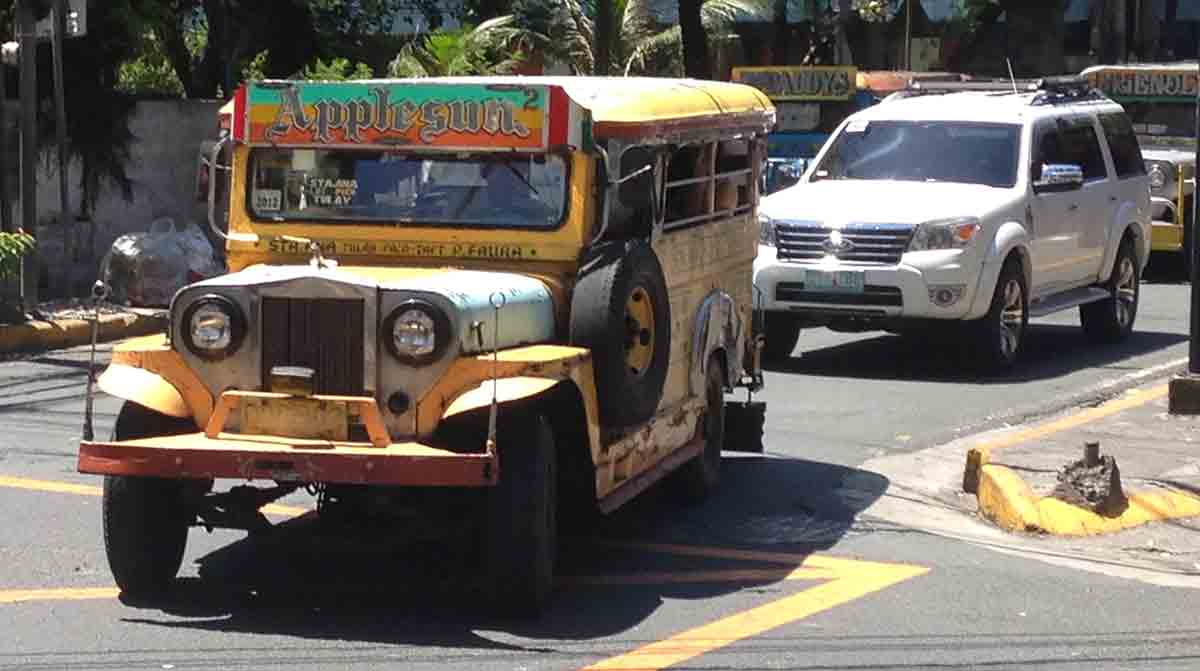
Road Safety Manual
A manual for practitioners and decision makers
on implementing safe system infrastructure!

Road Safety Manual
A manual for practitioners and decision makers
on implementing safe system infrastructure!
The Safe System approach places requirements on the road safety management system. These requirements include:
The system will ultimately need to protect all road users, including those who act illegally, from death and serious injury. In the interim period the focus should be on protecting those who do not act illegally and those who could be killed or seriously injured by the illegal actions or errors of other road users.
As noted above, as well as road user behaviour, road- and vehicle-related safety factors play a substantial part in fatal injury crashes. Progressive movement towards a Safe System requires all key stakeholders to accept their responsibilities to provide for safe overall operation of the network. This is in addition to the responsibilities that individual road users bear. This concept of ‘shared responsibility’ is at the core of the shift in traditional thinking about road crash contributing factors that a Safe System requires.
The Safe System approach looks to infrastructure design, speed limits and vehicle safety features that individually (and together) minimise violent crash forces. It relies upon adequate education, legislation and enforcement efforts to gain high levels of road user compliance with road rules; effective licensing regimes to control the safety of drivers using the system (particularly novice drivers and riders); and the cancelation of licences when serious offences are committed. A good standard of emergency post-crash care is also needed.
This fundamental shift away from a “blame the road user” focus, to an approach that compels system providers or designers to provide an intrinsically safe traffic environment, is recognised as the key to achieving ambitious road safety outcomes (OECD, 2016).
While individual road users are expected to be alert and to comply with all road rules, the ‘system providers’ — including the government and industry organisations that design, build, maintain and regulate roads and vehicles — have a primary responsibility to provide a safe operating environment for road users (See Box 4.1). This requires recognition of the many other system providers (beyond the road engineers and vehicle suppliers) who impact on use of the network and who also carry a major responsibility for supporting achievement of safer, survivable outcomes.

The studies noted in Crash Causes confirm the fundamental importance of those responsible for delivering safer roads and roadsides, safer travel speeds and safer vehicles, as well as safer behaviours. Road users should not have to operate in a system full of flawed designs that increase the probability of error. Sweden’s Vision Zero “envisages a chain of responsibility that both begins and ends with the system designers (i.e. providers)”. The responsibility chain (Tingvall, 2005) has three steps:
Many challenges are involved in monitoring ongoing performance of the responsibilities of system providers or system designers. They need to accept accountability for their outputs.
While the principle of shared responsibility has been naturally accepted in the road safety strategies of those countries who have adopted the Safe System approach, the necessary substantial (and often subtle) adjustment required to become accepted operating practice will take some time to achieve across agencies (including road authorities).
Road safety responsibilities also extend to the broader community. For example, health professionals have a role in helping their clients to manage their safety on the roads; and parents contribute significantly to the road safety education of their children — not only through their direct supervision of learner drivers, but also as role models through their own driving and road user behaviour. The Danish Road Safety Accident Investigation Board case study provides an example of shared responsibility.
Road Safety decisions should not be made in isolation but should be aligned with broader community values, such as economic; land use planning; human, occupational and environmental health; consumer goals; and mobility and accessibility as outlined in Scope of the Road Safety Problem. There is strong alignment between the Safe System and these goals. The following two case studies show how alignment of policies can be beneficial to safety.